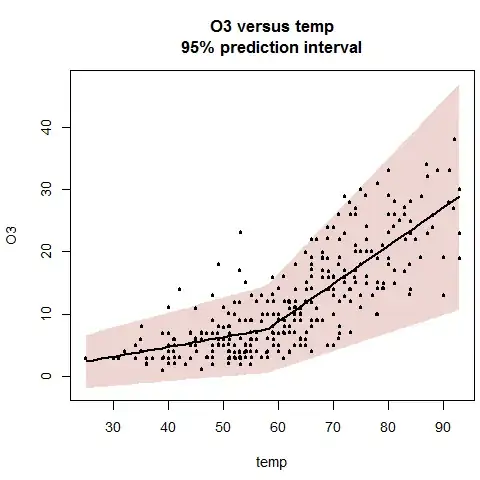I have 320 data points - each has a redshift and a turnover-frequency, and I want to fit a correlation between them (a linear fit). However, 120 of the turnover-frequency values are upper limits. As shown below the relationship is very weak:

the red points have upper limits for their turnover-frequency value. I would like to fit a straight line to this data that accounts for the upper limits. I think the tobit model in R can do this, but I'm not too sure (I'm new to R by the way); before I start with that, are there other methods in R I should consider?